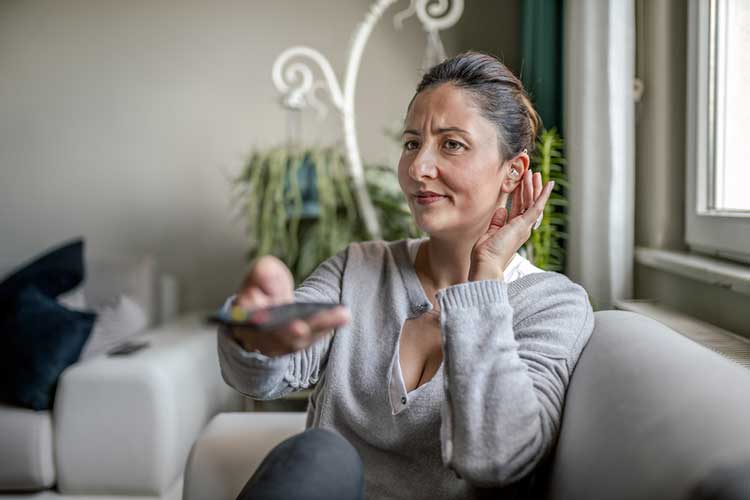How to Avoid Being Stuck with the Wrong Hearing Aid
Last updated November 2024

Most hearing-aid purchases go off without a hitch. But some don’t. It’s not easy to get things right because each patient’s hearing loss is unique, and each has different expectations. Even two patients who have the same hearing loss on paper may have very different rehabilitative needs.
Also tricky: Since most hearing aids sold by local hearing specialists are custom-molded, patients can’t feel exactly how various makes and models would fit in their ears. But it is possible to try different technologies. Many BTE models with disposable earpieces can be fitted with special pliable earpieces and then set up for tests. The sound quality in the test should be fairly close to what you’ll get with your own customized device. But, ultimately, time and experience with a particular hearing aid are the only ways to determine how well it works for you.
FDA rules for OTC hearing aids require their manufacturers and sellers to include the return policy on packaging. Fortunately, so far all OTC devices are being sold with at least a 45-day trial period.
For aids bought from hearing specialists, there are laws to protect you from being locked in to a hearing-aid purchase that does not meet your needs. According to Minnesota law, if requested to do so by the buyer, for 45 days after selling a hearing aid the dispenser is obligated to accept the hearing aid as a return and refund the total amount paid for the product and service, including the cost of an exam, fitting, or other services connected to the sale of the hearing aid, minus a fee of up to $250. Be sure to get the dispenser’s return fee written into the bill of sale.
Some specialists offer trial periods more generous than 45 days, such as 60 days or more for wearers with special needs or particularly complicated hearing aids. If you feel you might need extra time to decide, ask the dispenser if an extension is possible and get the dispenser’s promise in writing. But keep in mind you’ll likely face a time limit: The FDA considers hearing aids “used” 90 days after they’re sold, and few sellers will take them back then.
Hearing-aid specialists usually offer a free adjustment period, varying from six months to the life of the aid. If you are buying a hearing aid for the first time, or trying a new type of aid, find out about the dispenser’s policy regarding follow-up appointments.
Also, find out whether your return period will be extended if adjustments are necessary; if so, get this promise in writing. You don’t want to lose your right to return an aid simply because you’ve spent weeks trying to get it adjusted to meet your needs before concluding that it just doesn’t suit you.
Most manufacturers provide one-to-two-year warranties; many allow you to purchase extended coverage, too.
You can also buy hearing-aid insurance to cover damage or loss, either as a manufacturer’s warranty add-on or as a separate policy. A hearing-aid dispenser should have insurance information; also check with your homeowners insurance carrier—you may be able to add a personal articles floater for hearing aids to your policy. Before buying any insurance, compare its premiums to the price of the aid. Usually, it’s not a good value.
With luck and effort, you won’t need to buy new hearing aids that often—the average lifespan of new models is five years. By keeping yours clean and maintained, it will likely last longer.


